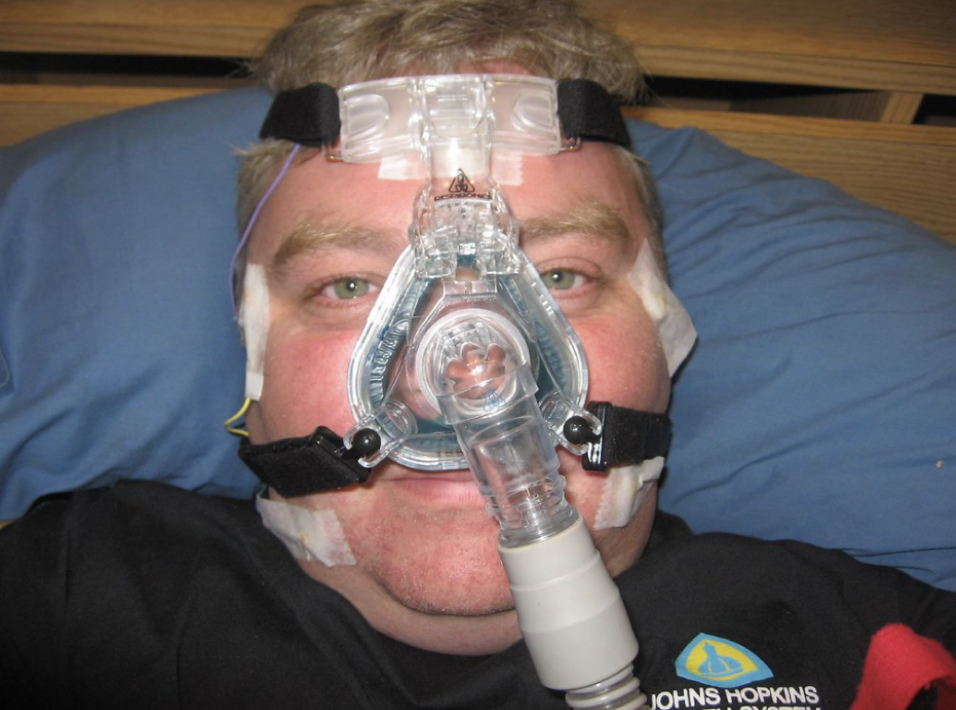

Continuous Positive Airway Pressure (CPAP) therapy is a highly effective treatment for sleep apnea, helping individuals breathe more easily during sleep and improving overall sleep quality. It incorporates a CPAP machine, which has a CPAP mask attached to a tubing that supplies air pressure, also known as CPAP pressure, into the mouth or nose of the patient while sleeping. This CPAP treatment is primarily effective in treating obstructive sleep apnea and, to some extent, central and complex sleep apnea as well.
However, nothing is free from challenges. Similar is the case with CPAP therapy. One of the most common issues users face is discomfort related to their CPAP masks. These discomfort issues can deter users from complying with their therapy; this can further complicate their sleep apnea and can lead to suboptimal results.
In this blog, we will address some of the most common discomfort issues associated with CPAP masks and provide practical solutions to help sleep apnea patients optimally use a CPAP device and enjoy a more comfortable and successful CPAP therapy experience.
In order to get optimum results of the CPAP treatment, one needs to have a properly fitting mask. For instance, if the fitting of nasal pillow masks is tight, then it can cause pain in the nostrils of the patient. On the other hand, if the nasal pillows are loose, then the air pressure won't go into the airway efficiently.
The most frequent discomfort issue with CPAP masks is problems with mask fit and seal. An inadequate fit can lead to air leaks, which not only reduce the therapy's effectiveness but also cause discomfort. Here are some tips to address mask fit issues:
In order to eliminate the issues related to mask fit and seal problems, you should know how you can choose the right mask that fits you the best. CPAP masks come in various styles, including full-face masks, nasal masks, and nasal pillows. It's essential to select the type that suits your breathing patterns and comfort preferences.
Ensure you have chosen the right mask size. Most masks are available in multiple sizes, so it's important to try different options to find the best fit for your face. Go for a comfortable fit that can efficiently supply the air into your airway.
Most CPAP masks have adjustable headgear straps. Take the time to adjust the straps to achieve a snug but not overly tight fit. Remember that a good seal shouldn't be painful or leave marks on your skin. heated humidifier
Mask liners are soft, cloth-like accessories that can help reduce skin irritation and improve the seal. They're especially beneficial for individuals with sensitive skin.
Skin irritation and pressure sores can be particularly uncomfortable and painful. To prevent and address these issues:
Ensure you clean your mask and its components regularly, as oils and residue can accumulate, causing skin irritation. Follow the manufacturer's cleaning guidelines for your specific mask.
Some users find relief by applying skin creams or barrier products designed for CPAP users. These products can protect the skin from pressure and friction.
If the headgear straps are too tight, they can cause pressure sores. Ensure that the straps are snug but not overly constrictive. Remember that comfort is key.
Gel cushions conform to the face more gently, reducing the risk of pressure sores and skin irritation. Consider trying a mask with gel cushion technology.
Air leaks from CPAP masks can be both uncomfortable and disruptive. Here's how to address these issues:
Make sure your mask fits correctly and creates a proper seal. Adjust the straps if necessary to minimize air leaks.
Over time, the cushion of your CPAP mask may wear out, leading to air leaks. If you notice a decline in mask performance, it may be time to replace the cushion.
Masks with exhalation diffusers disperse exhaled air quietly, reducing noise and preventing the sensation of air blowing on your face.
Confirm that all mask components are correctly assembled. Any misalignment or incorrect assembly can result in air leaks.
Some CPAP users experience dry mouth or nasal irritation, which can be uncomfortable. Here's how to address these issues:
Continuous air pressure supply in the mouth can cause dry mouth. To tackle this, look for a humidifier in your CPAP device. Many CPAP machines come with integrated or attachable humidifiers. Adding moisture to the air can help prevent dry mouth and nasal discomfort.
If you are experiencing dry mouth, consider using a chin strap to help keep your mouth closed during sleep, which can reduce airflow through your mouth. Additionally, a chin strap can also help in keeping the mask in one place.
Nasal masks only cover your nose, which is a great choice for nose breathers. So, if you primarily breathe through your nose, a nasal mask may be a better option to prevent dry mouth.
Adjusting to the constant airflow pressure can be challenging for some CPAP users, but you can ease down the process by adapting and making a few adjustments. Many CPAP machines offer a ramp feature that starts with lower pressure and gradually increases it over a set period, which can help users adapt to the therapy more comfortably. Also, consult your healthcare provider to make adjustments to the pressure settings or recommend alternative therapies.
CPAP therapy is a highly effective treatment for sleep apnea, but only if you can find a comfortable one. You can enhance your experience and improve compliance with therapy by addressing common discomfort issues with CPAP masks through proper fit, regular cleaning, and the use of accessories. Work closely with your healthcare provider and CPAP equipment supplier to find the best solutions for your specific needs. CPAP therapy can become a more comfortable and rewarding experience with the right adjustment and strategies, leading to improved sleep and overall well-being.
Leave a comment